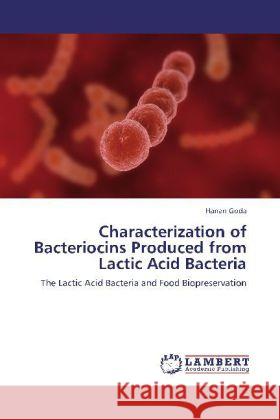Characterization of Bacteriocins Produced from Lactic Acid Bacteria » książka
Characterization of Bacteriocins Produced from Lactic Acid Bacteria
ISBN-13: 9783848423675 / Angielski / Miękka / 144 str.
In spite of modern technologies and safety concepts such as Hazard Analysis and Critical Control Point system (HACCP), the reported numbers of food-borne illnesses and intoxications are still on the increase. In addition, in recent years, the consumer demand towards high quality and safe foods is growing. These, in turn, have increased the need for using the protective cultures and associated antagonistic compounds (biopreservation) as additional factors to support good manufacturing practices, thereby reducing risks of growth and survival of pathogens and spoilage microorganisms. Lactic acid bacteria (LAB) have traditionally been used in food processing because of their ability to improve the organoleptic characteristics and healthiness of foodstuffs. Bacteriocins produced by LAB have received considerable attention in recent years because of their possible use as biopreservatives in food processing with resultant reduction in the use of chemical preservatives. Therefore, the main aim of the present study is evaluating the application of bacteriocin-producing LAB or their bacteriocins as biopreservatives.











